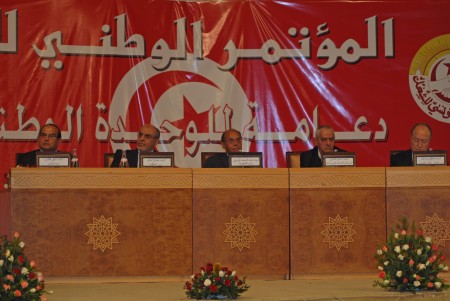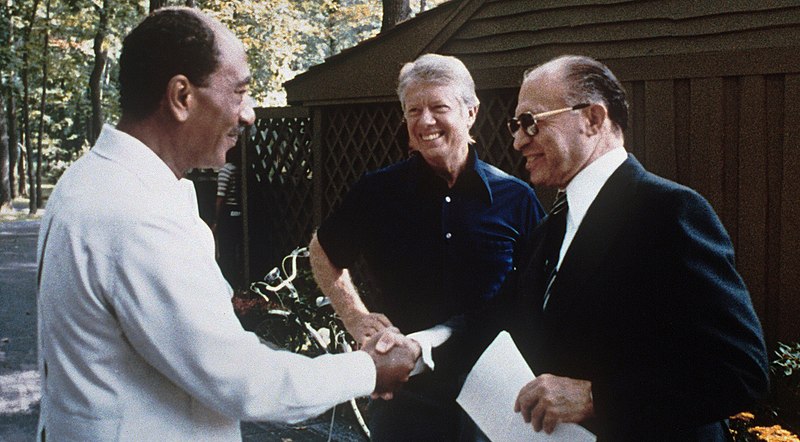
The adoption of a new Tunisian constitution at the end of January has been hailed as a major milestone in the country’s democratic transition and a welcome piece of good news amid concerns about the direction of transition processes in other countries in the region.
From a mediation perspective, the national dialogue process that brought Tunisia to this point is noteworthy for at least two reasons. First, the mediators in this case were insiders with a stake in the outcome. Second, changes in context, beyond the control of either party, significantly altered the strategic calculations of the negotiators and opened the window to an agreement.



